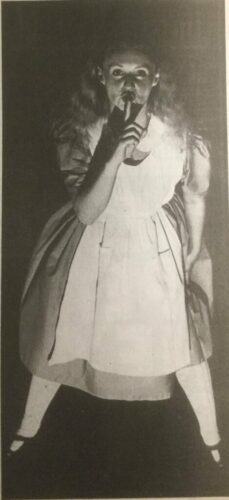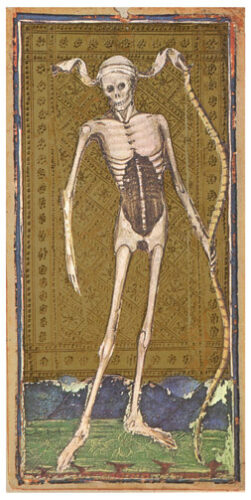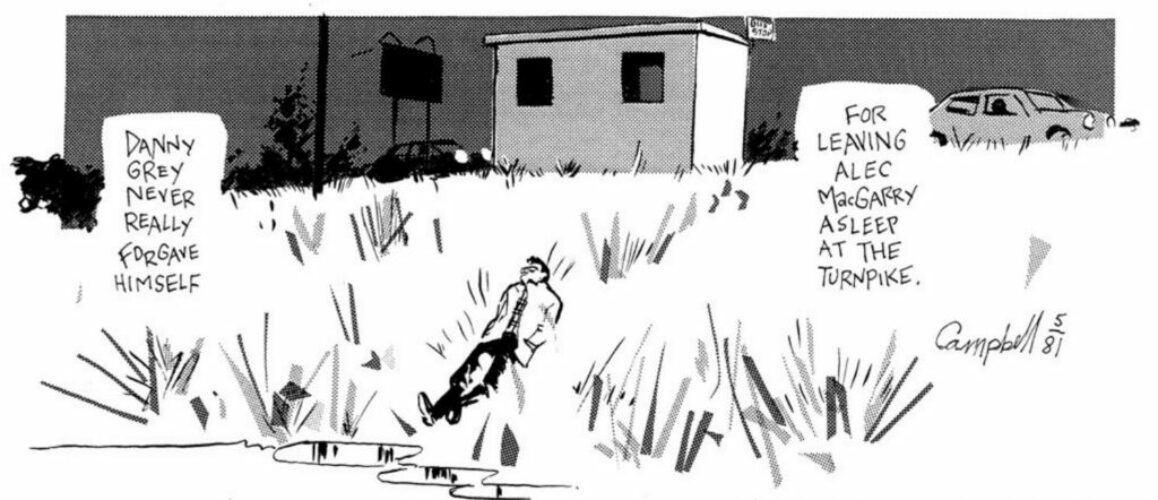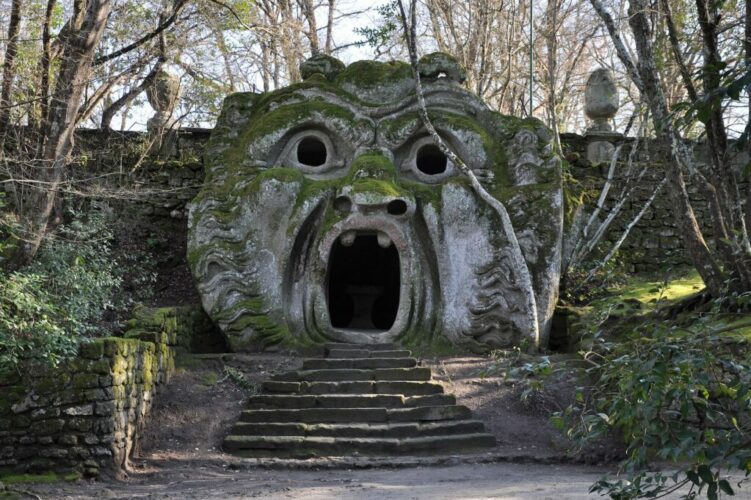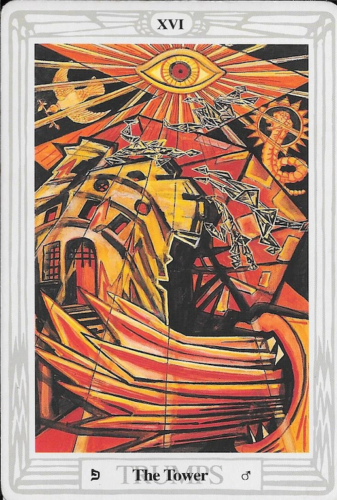An Electric Surge of Pure Testosterone (Book Three, Part Fifteen: Arkham Asylum, Arkham Asylum)
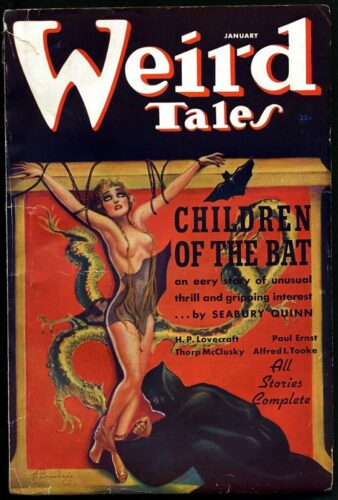
Previously in The Last War in Albion: Morrison hypothesized a psychologicl collapse for Batman that was implicitly tied to the nature of the asylum itself.
Adams’s drawings of the impossibly glamorous Talia locked in passionate clinches with a shirtless, hairy-chested Batman brought an electric surge of pure testosterone back to Bruce Wayne that seemed a direct and full-throated riposte to Dr. Wertham’s indictment.-Grant Morrison, Supergods
This is not, obviously, true for strictly causal reasons: it is not that Amadeus Arkham went mad because of a bat spirit and the murder of his family and became a serial killer and thus caused Frank Miller to have a massive commercial success with a darker and more violent version of Batman. Rather, it is a symbolic link—an implicit order that at once emerges from and causes the structure of Arkham Asylum.
This is a lot of weight to put upon a plot that Morrison expanded from a third of a page of text banged out by Len Wein for Who’s Who: The Definitive Directory of the DC Universe in 1985 in order to give the asylum a vague origin story and history where it had previously not had anything like that. Instead, as with many eventually core concepts in DC Comics, Arkham Asylum established itself as a slow accretion of incidental details. Its first appearance came in Batman #258, published in 1974, in a story written by Denny O’Neil. A fairly straightforward Two-Face story, Arkham serves as little more than the prison from which Two-Face is broken out of to start the plot. The Joker makes a brief cameo there as well, asking Two-Face to let him out and being refused because Two-Face’s coin comes up scarred side down. (In this regard, the scene serves as a quick refresher on a character who hadn’t appeared in three years.) On this first appearance Arkham is called Arkham Hospital, and is described as “a New England institution called a hospital—a polite name for an asylum which houses the criminally insane.”
The New England location—and the fact that Batman #258 was a Julius Schwartz-edited issue—points clearly to the origin of the phrase, namely the works of H.P. Lovecraft, who used the fictional town of Arkham, Massachusetts as a setting in several of hist stories, beginning with “The Picture in the House” in 1920. The asylum’s second appearance two issues later even specified its location in “Arkham, New England,” and Detective Comics #477 in 1978 saw Len Wein change its name to Arkham Sanitarium, as described in Lovecraft’s 1933 “The Thing on the Doorstep.” None of this was to say that 1970s Batman comics were part of the Cthulhu mythos—it was not as though Batman took a turn towards cosmic horror, or indeed even that the comics were taking a turn towards any sort of darker horror. This was just fannishness—an entertaining attempt to work in some horror fiction references.
Positioning Arkham in New England, however, posed a problem for its growing status as the home of all Batman villains not actively marauding across Gotham City given the simultaneous growing consensus that Gotham was located in New Jersey—that all of its supervillains would be sent to a single asylum two states away simply didn’t wash.…

